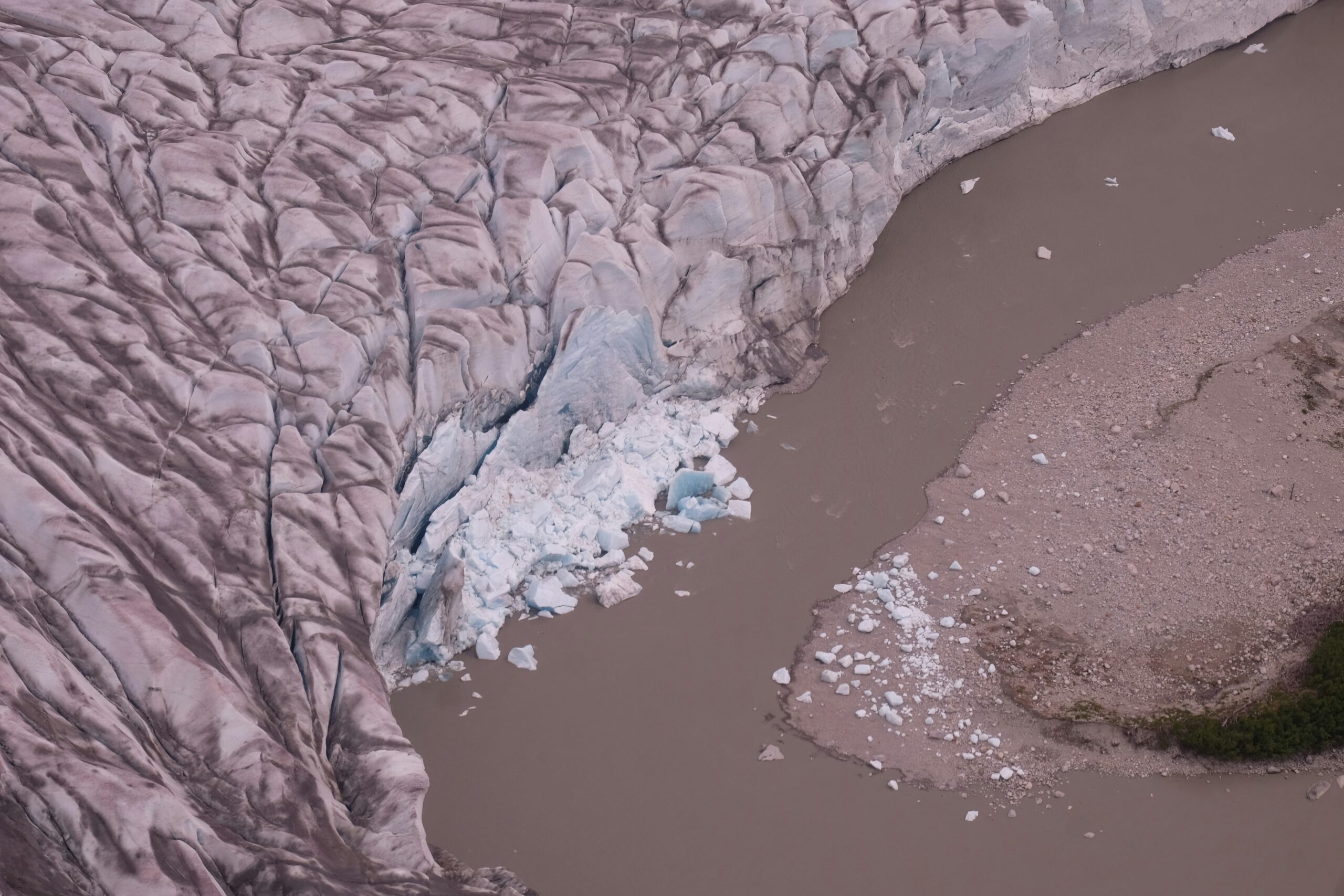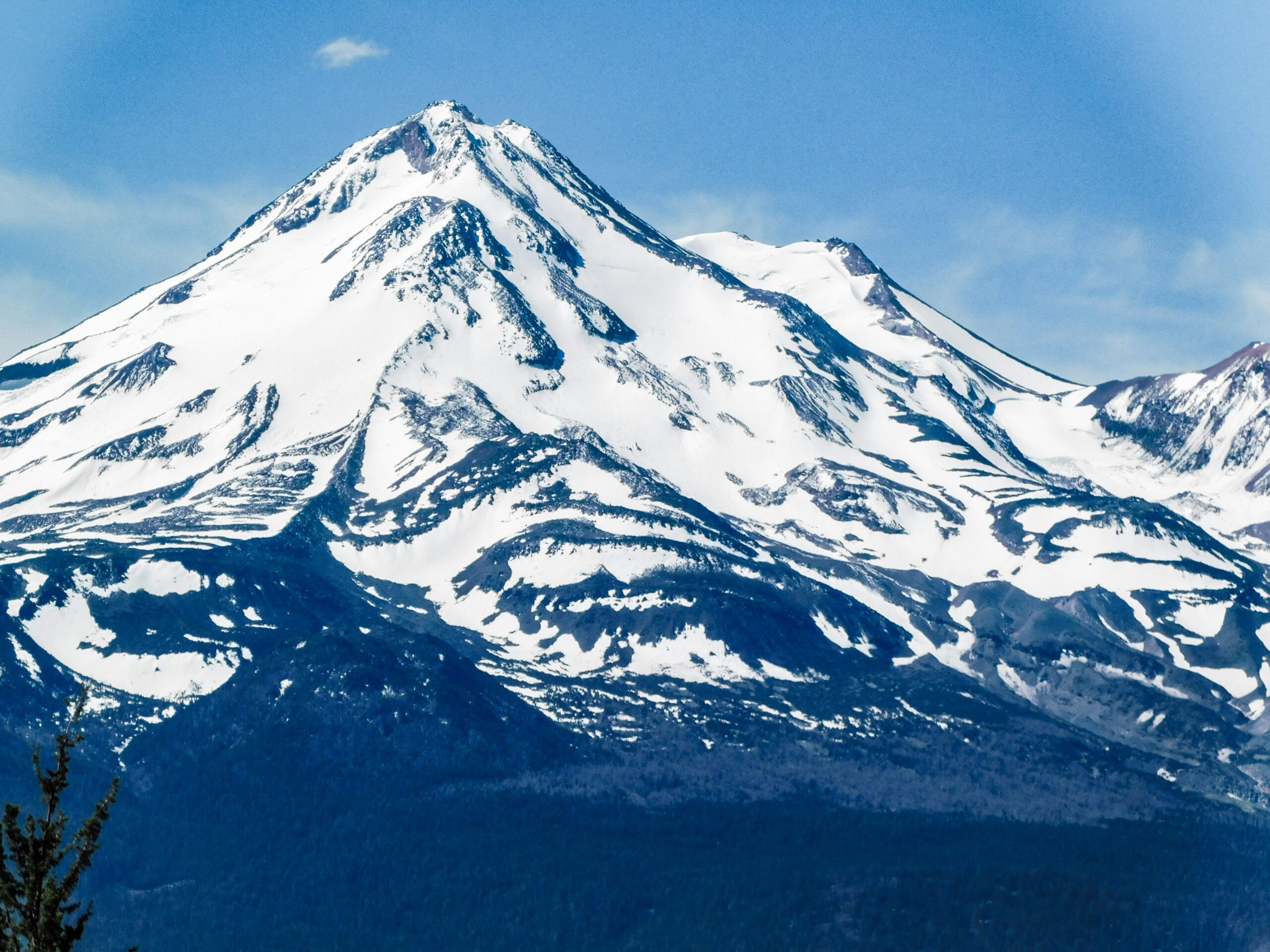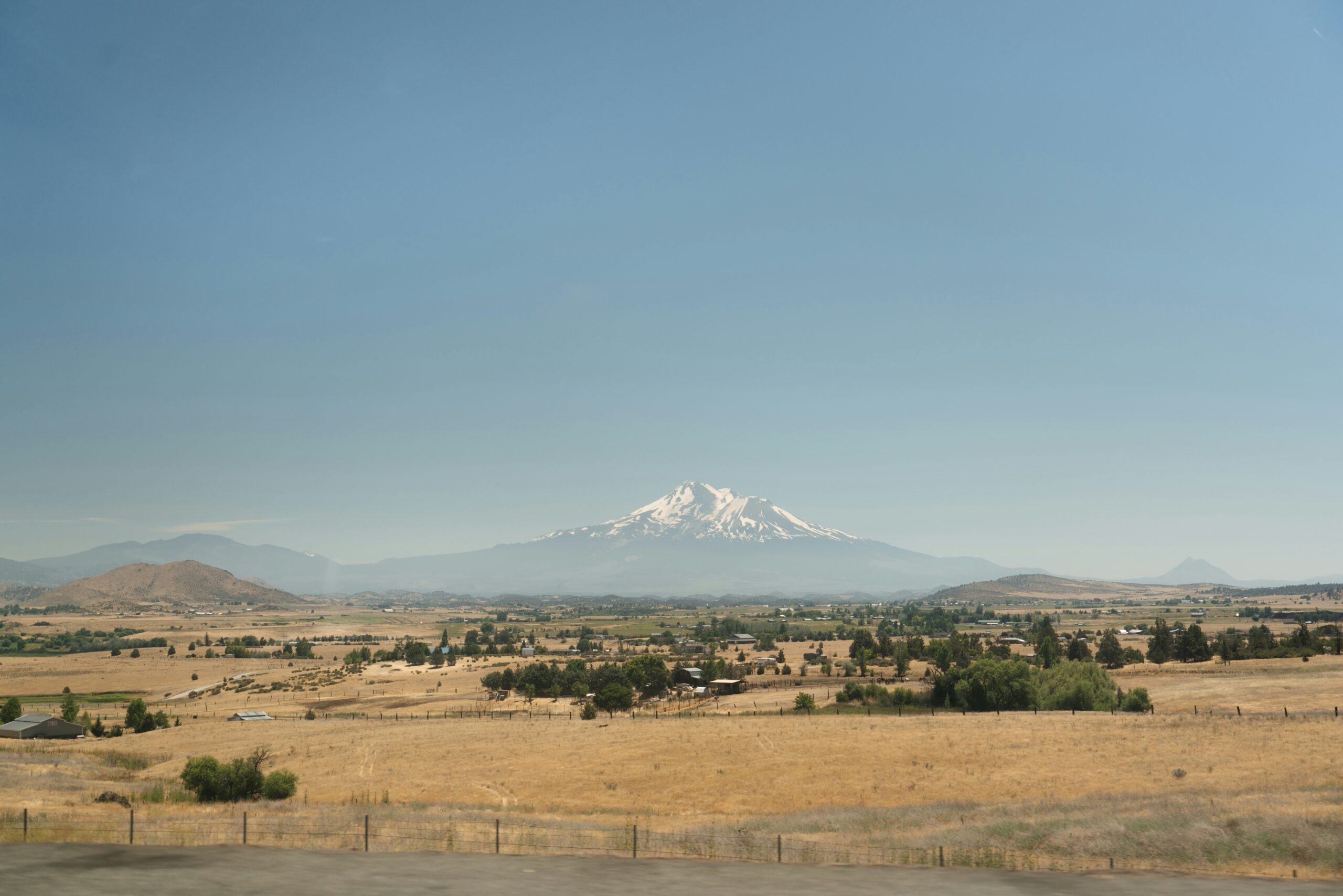Imagine setting up camp amidst the picturesque beauty of Mount Shasta, surrounded by towering glaciers that glisten in the sunlight. It's a captivating sight, one that entices adventurers, nature lovers, and camping enthusiasts alike. Yet, you may wonder, is it safe to camp near these majestic icy giants? In this article, we will explore the safety considerations of camping near glaciers on Mount Shasta and provide valuable insights to help you make an informed decision for your next outdoor escapade. So, lace up your hiking boots and prepare to embark on a thrilling expedition to the glaciers of Mount Shasta!

Overview of Mount Shasta and its Glaciers
Mount Shasta, located in Northern California, is a majestic and iconic mountain known for its picturesque beauty. Standing at a height of 14,179 feet, it is the second tallest peak in the Cascade Range. One of the unique features of Mount Shasta is the presence of several glaciers that dot its slopes. These glaciers not only add to the scenic charm but also play a vital role in the local ecosystem and water supply.
Geographical location of Mount Shasta
Mount Shasta is situated in Siskiyou County, California, about 60 miles north of Redding. It is part of the Shasta-Trinity National Forest and is surrounded by stunning wilderness areas. The mountain has a prominent presence, and its glaciers attract adventurers and outdoor enthusiasts from around the world.
Brief Introduction on Glaciers on Mount Shasta
Glaciers on Mount Shasta are remnants of the past ice age and can be found on various slopes, including the famous Hotlum-Wintun Glacier and the Whitney Glacier. These massive bodies of ice are continuously shaped by movement and contribute significantly to the hydrological system of the region. As awe-inspiring as they may be, it is important to understand the potential risks and challenges associated with camping near these glaciers.
Importance of Safety while Camping near Glaciers
Camping near glaciers on Mount Shasta can be an exhilarating experience, but it is crucial to prioritize safety to ensure a successful and enjoyable trip. There are several potential threats and challenges that campers may encounter, making safety precautions a top priority.
Potential threats and challenges
One of the primary threats when camping near glaciers is the risk of falling ice or rockfall. Glaciers are constantly changing and can release chunks of ice or rocks, known as avalanche debris. These debris can pose a significant danger to campers, especially in areas close to the glacier.
Additionally, camping near glaciers often means being exposed to high-altitude conditions. The thin air, reduced oxygen levels, and rapid weather changes can lead to health risks such as altitude sickness, hypothermia, and breathing difficulties. It is crucial to be aware of these challenges and take the necessary precautions.
Health risks associated with high-altitude camping
High-altitude camping can present various health risks, particularly for individuals who are not acclimatized to such conditions. Altitude sickness, characterized by symptoms like headache, nausea, and fatigue, can develop when ascending too quickly. It is essential to acclimate gradually and maintain proper hydration and nutrition while camping at higher elevations.
Hypothermia is another serious concern in high-altitude camping. The combination of cold temperatures and exposure to wind and moisture can lead to a dangerous drop in body temperature. Adequate insulation, layering clothing, and staying dry are essential to prevent hypothermia.
Understanding Glacial Behavior
To mitigate potential risks while camping near glaciers, a fundamental understanding of glacial behavior is essential. Glaciers are dynamic bodies of ice that move and change over time.
Movement of glaciers
Glaciers move due to the accumulation of snow and ice at higher elevations. As the snow and ice compact over time, the glacier begins to flow under its weight. This slow but continuous movement can result in changes in the glacier's shape and the landscape around it. Understanding the movement patterns of glaciers and avoiding areas prone to icefall or crevasses is crucial for safe camping.
Glacier calving and the risks
Glacier calving refers to the breaking off of chunks of ice from the glacier's edge into bodies of water. While it may seem spectacular, calving can create powerful waves and sudden flooding, posing a significant risk to nearby campers. It is important to maintain a safe distance from the glacier's edge and be aware of signs of calving.
Changes in glacier size
Glaciers are sensitive indicators of climate change. The size of glaciers fluctuates over time due to changes in temperature and snowfall. It is essential to stay updated on the current state of the glaciers on Mount Shasta to ensure safe camping. Consulting park authorities or local guides can provide valuable information regarding glacier conditions.
Identifying Safe Camping Sites near Glaciers
Choosing a suitable camping site near glaciers requires careful consideration of the terrain and potential hazards. By following these guidelines, campers can minimize risks and enjoy a safe camping experience.
Distance from the Glacier
Maintaining a safe distance from the glacier is crucial for camper safety. Steer clear of areas directly below hanging glaciers or ice cliffs, as they are prone to frequent icefall and rockfall. It is advisable to camp at least several hundred meters away from the glacier to minimize the risk of falling debris.
Selecting Elevated Areas
Choosing elevated camping sites can provide additional safety. Camping higher up the slope can help avoid potential meltwater flows, flash floods, or avalanches that can occur near the base of the glacier. Elevated areas also tend to offer better views of the glacier and surrounding landscape.
Avoiding Loose or Unsteady Grounds
When setting up camp, it is essential to avoid loose or unsteady ground, especially in glacier-fed areas. The ground can become unstable due to the constant movement and melting of ice, which can lead to accidents and injuries. Look for solid and level ground away from potential hazards such as crevasses or rockfall zones.

Issues of Extreme Weather Conditions
Mount Shasta's high elevation and proximity to the Pacific Ocean make it susceptible to volatile weather conditions. Understanding the risks associated with extreme weather can help campers prepare adequately and ensure their safety.
Cold and Hypothermia Risks
The temperatures on Mount Shasta can drop significantly, especially during the night and in higher elevations. Adequate preparation and appropriate clothing are crucial to prevent hypothermia. Layering clothing, wearing moisture-wicking and insulating materials, and using a high-quality sleeping bag are essential for maintaining warmth in cold conditions.
Snowstorms and Avalanches
Snowstorms and avalanches are potential hazards in mountainous regions. These weather events can significantly impact camping safety. It is vital to keep a close eye on weather forecasts and be prepared to take shelter or evacuate if necessary. Additionally, understanding avalanche risk zones and avoiding camping in areas prone to avalanches is crucial for camper safety.
Public Regulations and Guidelines for Camping Near Glaciers
To ensure the safety and preservation of Mount Shasta and its glaciers, specific rules and regulations are in place for camping near glaciers.
Mount Shasta Park rules and regulations
The Mount Shasta Park authorities have established guidelines to protect the natural environment and promote visitor safety. These regulations often restrict camping in sensitive areas, including close proximity to glaciers, to minimize the impact on the delicate ecosystem.
The legal penalties for rule violation
Violating the park's regulations can result in legal penalties and fines. It is essential to familiarize yourself with the specific rules and guidelines before embarking on a camping trip near glaciers. Respecting these regulations not only ensures your safety but also helps preserve the pristine beauty of Mount Shasta for future generations.

Preparation for Camping Near Glaciers
Proper preparation is key to a safe and enjoyable camping experience near glaciers. Here are some essential aspects to consider when planning your trip.
Required camping gears and clothing
Investing in appropriate camping gear and clothing is vital for glacier-side camping. Items such as a sturdy tent, warm and waterproof clothing, insulated sleeping bags, and good quality hiking boots are essential to withstand the challenging conditions of Mount Shasta.
Emergency supplies
Carrying essential emergency supplies is crucial for any outdoor adventure. First aid kits, survival tools, extra food and water, a map, and a compass are necessary items to have on hand in case of an unexpected situation. It is also advisable to carry communication devices like a satellite phone or personal locator beacon to request assistance if needed.
Educating oneself on basic survival skills
Having a basic understanding of survival skills is invaluable when camping near glaciers. Knowledge of navigation, fire building, and wilderness first aid can significantly enhance your ability to handle emergency situations. Consider taking a wilderness survival course or consulting with experienced guides to gain the necessary skills and knowledge.
Tips for Minimizing Risks and Ensuring Safe Camping
While camping near glaciers can be a thrilling adventure, it is essential to take certain precautions to minimize risks and ensure a safe experience.
Checking Weather Reports
Before embarking on your camping trip, check the weather reports for Mount Shasta. Be aware of any incoming storms or adverse weather conditions that may pose a threat to your safety. It is always better to reschedule your trip if severe weather is forecasted.
Keeping Medical Supplies
Carry a well-stocked first aid kit and any necessary medications specific to your needs. Be prepared to address common ailments such as blisters, minor cuts, or headache. Additionally, familiarize yourself with basic first aid techniques to provide assistance to others in case of an emergency.
Having knowledge of local flora and fauna
Understanding the local flora and fauna can help you avoid potential hazards. Familiarize yourself with poisonous plants, wildlife behavior, and proper food storage techniques to prevent unwanted encounters. Respecting the natural environment and preserving its integrity should be a priority for every camper.
Role of Guides and Local Authorities
When camping near glaciers, it can be advantageous to seek assistance and guidance from experts and local authorities. They possess valuable knowledge of the terrain and can provide crucial advice for a safe and fulfilling camping experience.
Guide and Ranger Assistance
Experienced guides and park rangers familiar with Mount Shasta can provide valuable insights into safe camping practices and up-to-date information on glacier conditions. They can also educate campers on the potential hazards associated with camping near glaciers and suggest alternative camping spots.
The importance of informing authorities
Before embarking on your camping trip, inform local authorities about your plans, including the intended camping location and duration of stay. Providing this information helps authorities ensure your safety and facilitates rescue efforts in case of an emergency.
Alternatives to Glacier-side Camping
If camping near glaciers on Mount Shasta seems too risky or challenging for your comfort level, there are alternative camping options available.
Campsites further from glaciers
Several campsites are situated further away from the glaciers but still allow for breathtaking views of Mount Shasta. These campsites offer a safer and less hazardous option for those who prefer to enjoy the beauty of Mount Shasta without venturing too close to the glaciers.
Non-glacial mount camping options
Mount Shasta and its surrounding areas offer numerous non-glacial mount camping options. These camping spots provide a chance to explore the stunning landscapes, forests, and lakes that make the region so appealing. While they may not offer the same proximity to glaciers, these campsites still provide an unforgettable outdoor experience.
In conclusion, camping near glaciers on Mount Shasta can be an awe-inspiring adventure, but it requires careful consideration and preparation. Prioritizing safety, understanding glacial behavior, selecting suitable camping sites, and adhering to regulations are vital to ensure a safe and enjoyable experience. By following guidelines, seeking guidance when necessary, and respecting the natural environment, campers can explore the beauty of Mount Shasta while minimizing risks and ensuring their well-being.
